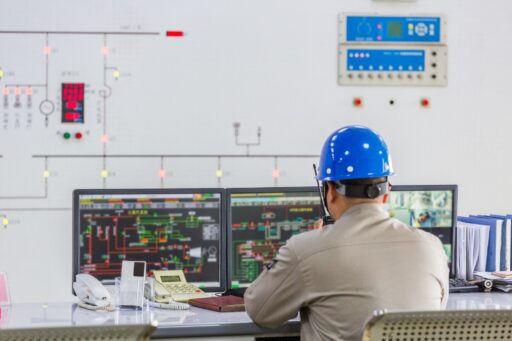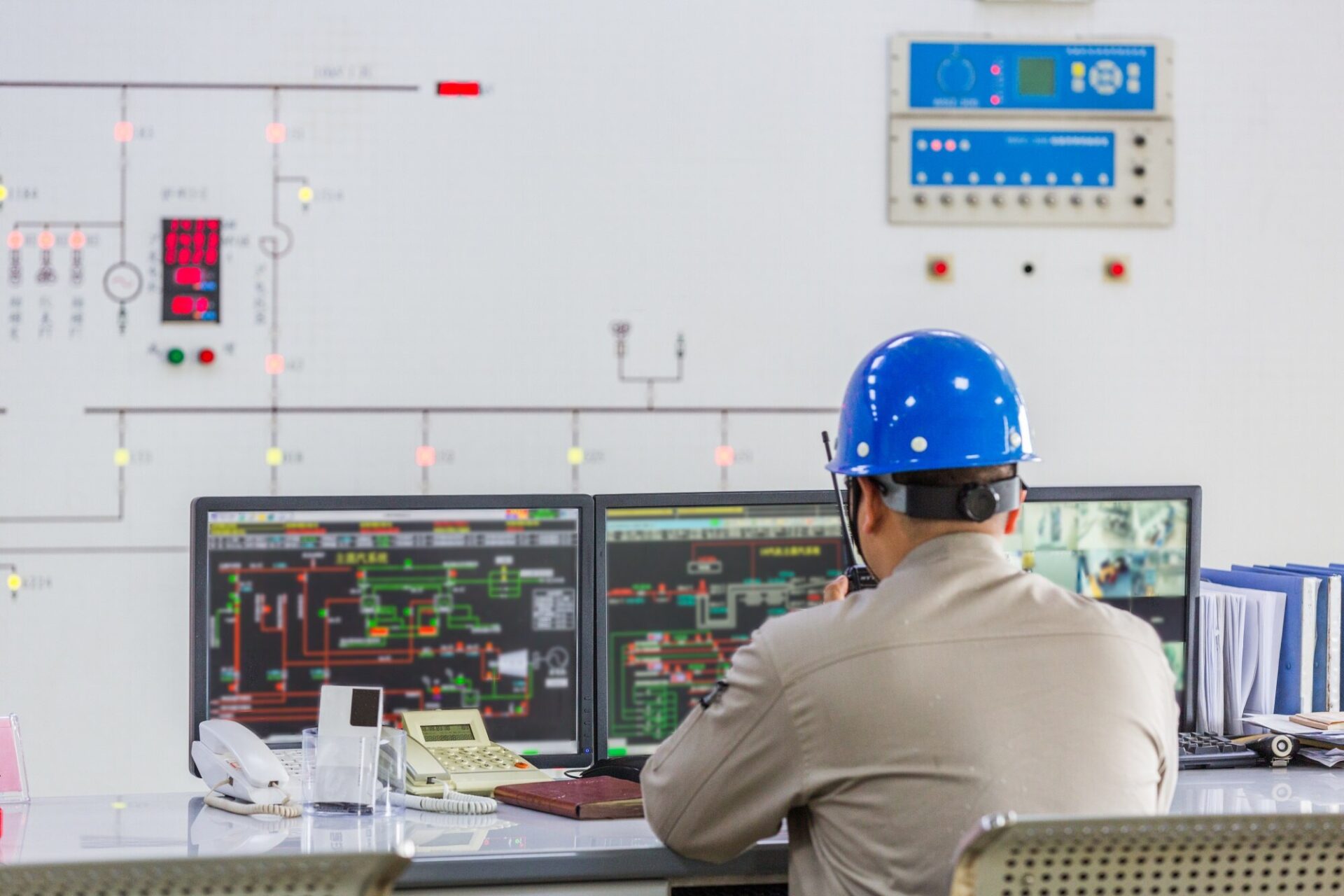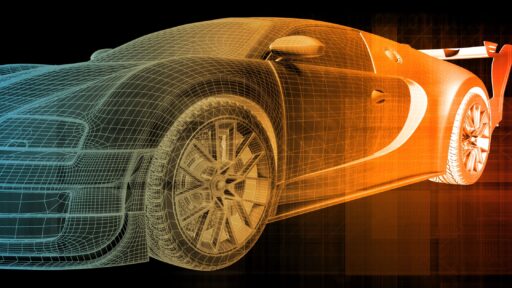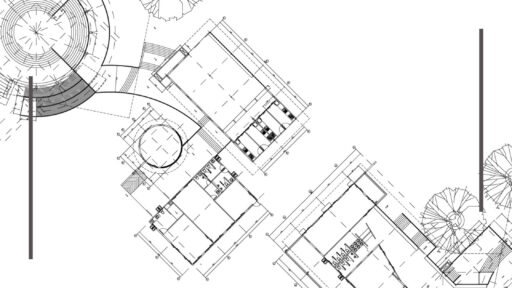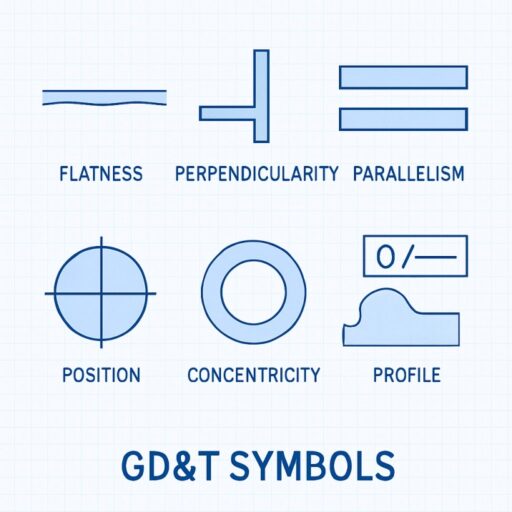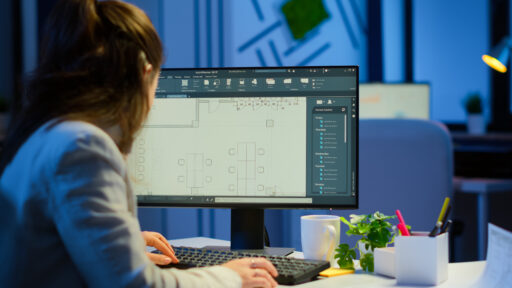Introduction:
MEP systems, which encompass mechanical, electrical, and plumbing components, are vital for building functionality and efficiency. Effective optimization of these systems is crucial in modern building design to enhance energy efficiency, reduce costs, and improve occupant comfort. Understanding how Building Information Modeling (BIM) plays a role in this optimization is key for professionals in the field.

Understanding BIM in the Context of MEP:
BIM, or Building Information Modeling, is a digital representation of the physical and functional characteristics of a building. In the context of MEP integration, BIM allows for precise modeling and analysis of MEP systems. This integration fosters improved communication among project stakeholders and enhances the overall design process, leading to more effective solutions.
Enhancing Collaboration through BIM:
One of the standout benefits of BIM is its ability to enhance collaboration among project stakeholders. With BIM, architects, engineers, and contractors can work together seamlessly, sharing a single model that reflects real-time changes. This collaborative environment not only streamlines the MEP design process but also reduces misunderstandings and errors, ultimately saving time and resources.
3D Modeling for MEP Systems:
3D modeling is a cornerstone of BIM that significantly impacts MEP systems design. By visualizing components in three dimensions, engineers can accurately assess spatial relationships and system interactions. This improved visualization leads to higher accuracy in installations, minimizing the risk of costly modifications during construction.
Clash Detection and Resolution:
One of the major challenges in MEP design is managing conflicts between systems. BIM’s clash detection capabilities allow teams to identify potential conflicts early in the design phase, facilitating prompt conflict resolution. By addressing these issues before they escalate, projects achieve greater design efficiency, reducing delays and extra costs during construction.
Lifecycle Management of MEP Systems:
The benefits of BIM extend beyond the design and construction phases. Effective lifecycle management of MEP systems is made possible through the comprehensive data that BIM provides. This data supports asset management and simplifies maintenance processes, ensuring systems operate at peak efficiency throughout their lifespan.
Energy Efficiency and Sustainability:
BIM plays a crucial role in enhancing energy efficiency and promoting sustainability in MEP systems. By simulating energy usage and system performance, teams can make informed decisions that optimize resource consumption. Case studies show that projects utilizing BIM have achieved significant reductions in energy costs, underscoring the value of sustainable design practices.
Data-Driven Decision Making in MEP Design:
With BIM, data analysis becomes an integral part of the MEP design process. By leveraging the wealth of data generated during modeling, engineers can make informed decisions that drive MEP optimization. Analytics tools within BIM platforms enable teams to evaluate different design scenarios and select the most effective solutions.
Future Trends in BIM for MEP Systems:
As technology evolves, so does the role of BIM in MEP systems. Emerging technologies such as artificial intelligence and machine learning are expected to further enhance BIM’s capabilities. BIM innovations will continue to transform MEP design, leading to smarter, more efficient buildings in the future.
Conclusion:
In conclusion, the integration of BIM in MEP systems is essential for maximizing MEP efficiency. The benefits—ranging from enhanced collaboration to improved lifecycle management—underscore the transformative impact of BIM on building projects. For those looking to deepen their knowledge and skills in this area, enrolling in a MEP design course at a reputable institution like CADD Centre can provide invaluable insights and training. By embracing BIM and continuing education, professionals can ensure their designs are not only effective but also sustainable and future-ready.
FAQs
What is the Role of BIM in MEP Systems?
BIM, or Building Information Modeling, is crucial in MEP systems by enabling precise modeling and analysis of mechanical, electrical, and plumbing components. It helps optimize these systems for better energy efficiency and performance.
What Skills Are Needed for BIM in MEP Systems?
Skills in 3D modeling, data analysis, and a strong understanding of MEP components are essential. Familiarity with BIM software, such as Autodesk Revit, is also beneficial for MEP professionals.
Can BIM Improve the Lifecycle Management of MEP Systems?
Yes, BIM provides comprehensive data that supports the entire lifecycle of MEP systems, from installation to maintenance. This data-driven approach helps ensure optimal performance over the lifespan of the systems.
How Does the MEP Design Course by CADD Centre Help in Career Growth?
Completing the MEP Design Course by CADD Centre enhances your skill set, making you a valuable asset in construction and design roles. This course equips you with advanced MEP knowledge, increasing your employability in high-demand fields.
What Job Roles Can You Pursue with an MEP Design Certification from CADD Centre?
An MEP Design certification from CADD Centre qualifies you for roles like MEP Coordinator, Building Services Engineer, HVAC Specialist, and Energy Efficiency Consultant.
How Can Professionals Benefit from a BIM MEP Design Course?
A BIM MEP design course provides valuable training in modern design techniques, equipping professionals to work with complex MEP systems and improve their career prospects in the growing field of BIM.
